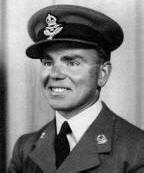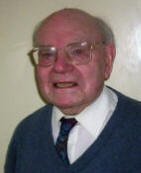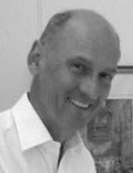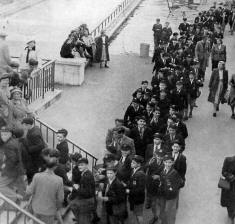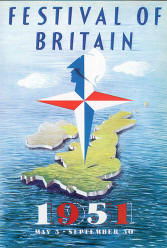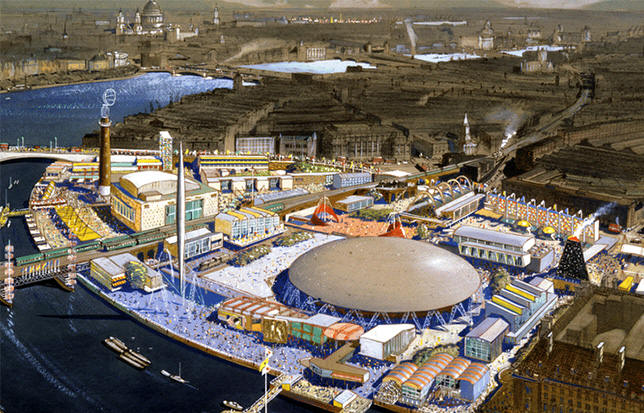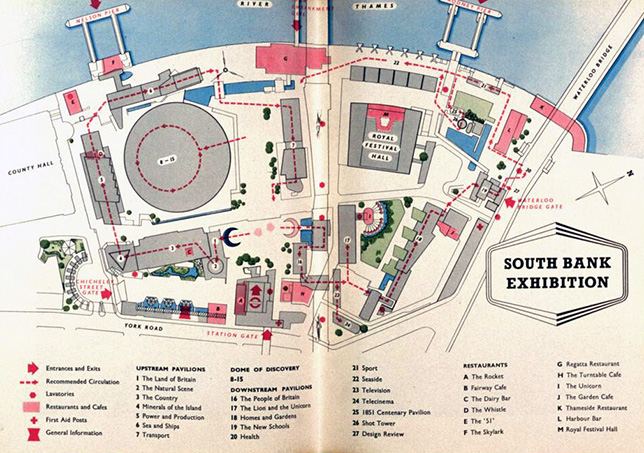|
A venerated schoolteacher - Charles E. Smith - celebrates a landmark birthday... |
||||
Today, 16th November, former
schoolmaster Charles Edward Smith is enjoying his 99th
birthday. From JRCS/JRGS/JRHS Alumni throughout the world.
Jonathan
Sindall (JRGS 1956-60) adds: From many of us, I’m sure,
thanks for sending Mr. "Smuts" Smith a birthday card.
Geoff van Beek/Downer (JRGS 1962-69) adds: Happy Birthday Mr. Smith. A man of your mathematical stature deserves to progress to the more difficult triple digits!
Peter Oxlade (JRGS
1940-44) adds: I visited Charles Smith on the day after
his 99th, leaving the actual day free for his family. I found him to be
in a very weak and frail condition and although he was obviously pleased
to see me it did take time for him to take it all in. The conversation
was mostly one-way, of course, and he slipped from an awake mode to one
where he dozed off at frequent intervals. |
|
Steve Simpson (JRGS 1970-74) fondly recalls his Shirley schooldays... |
||||
Arriving with trepidation on my first day at John Ruskin Grammar School
(the rumours of what first-year boys were put through – mostly unfounded –
made one quite nervous), I remember lining up, in full uniform (cap in
hand) awaiting to be summoned into the vast building which would be my
second home for the next few years. Steve Simpson, Toronto, Canada November 2011 Email. |
|
Mel Lambert (JRGS 1959-65) reports an honour for Sixties alumnus Martin Ashley... |
|
Mel Lambert, Burbank, CA, USA November 2011 Email |
|
Paul Graham (JRGS 1959-66) reports the sad death of alumnus Gerald Southgate... |
|
The
Guardian recently published an
obituary
for our colleague Gerald
Donald
Southgate (JRGS 1941-48),
pictured left,
who died on 7 July 2011 at Highgate Nursing Home, Hornsey
Lane, London.
He was a significant public figure who, amongst other
campaigns, fought for the retention and improvement of
Islington’s period squares and terraces. Paul Graham, Iver, Bucks, October 2010 Email.
Terence Morris (JRGS 1942-50) adds:
Gerald Southgate was a member of the first cohort of sixth formers
following the transformation by the 1944 Education Act of John Ruskin
from a Selective Central School into a Grammar School. It had, until
then, in the words of its great headmaster A. W. Macleod, “provided
grammar school education on the cheap”. When Christopher Lowe succeeded
him in 1945 the school had no proper library and the 20 or so pupils who
made up the sixth form came to rely heavily on the facilities of the
Reference Library in Katharine Street. |
|
David Shoubridge (JRGS 1955-63) discovers The Mill and recalls school sports... |
|
Quite by chance I recently found the
Ruskin Alumni Society site, and have spent much time reading the
articles and viewing the photographs. David Shoubridge, Leicester, October 2011 Email |
|
Brian Thorogood (JRGS 1951-56) recalls a trip to the Festival of Britain... |
|
I had just started my first year at JRGS
in the autumn term 1951, with Miss Hickmott as our form mistress.
Two weeks later - on September 20 - the whole school travelled up en
masse to London from West Croydon railway station on a specially
commissioned train. It was a very special day: my first school trip,
60
years ago, to the
Festival of Britain, South Bank. Graphic created by: Design Council/Council of Industrial Design | From University of Brighton Design Archives. Brian (Bone) V Thorogood, Willowbank, Wick, Scotland KW1 4NZ, October 2011
Ann Chris Gorring (JRGS 1951-57) adds: I was on the same trip as Brian Thorogood to the Festival of Britain. Incidentally, Miss Hickmott was always called “Fanny” by 1H students, but not to her face of course! Mel Lambert (JRGS 1959-65) adds: During the summer of 1951, I was taken by my parents to the Festival of Britain on the South Bank. I am pictured right with a large cowboy hat and my favourite toy rabbit - it had a bendy, inner-metal armature, I recall. Click on the thumbnail to view a larger version of the scene with my parents and baby-sister Lesley, who was one year old at the time. I remember the visit as being on a wonderfully sunny day, but can recall little of the actual exhibits. |
|
A full list of archived News/Events Pages can be found here. |
|
The content of this web site is provided for educational purposes only, and is subject to change without notice. The JRGS Alumni Society makes no representation about the accuracy, reliability, completeness or timeliness of the content of this web site, nor the results to be obtained from using any part of such content. |
Please send any messages and memorabilia to
webmaster
©2026 JRGS Alumni Society. All Rights
Reserved. Last revised:
07.12.25

